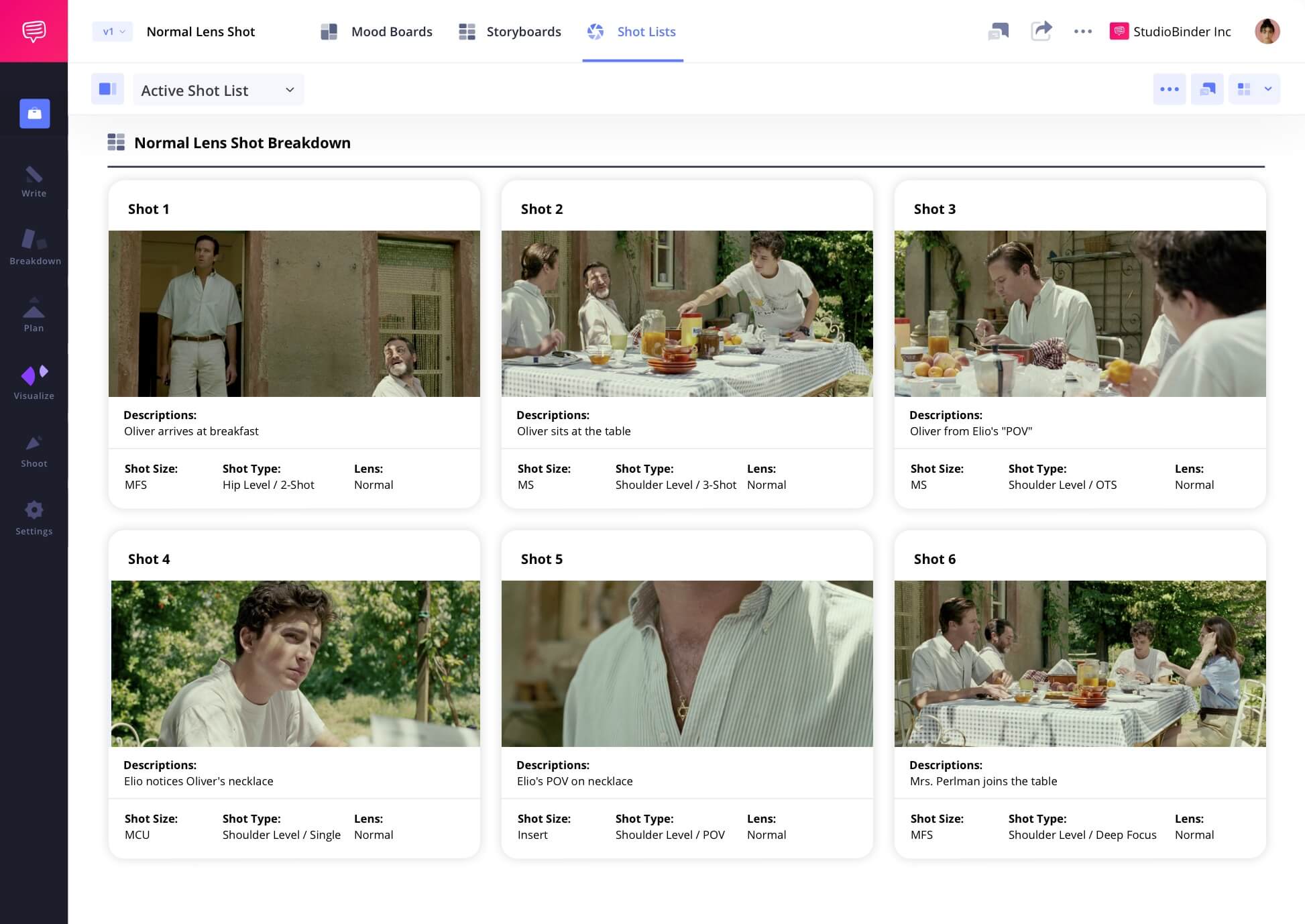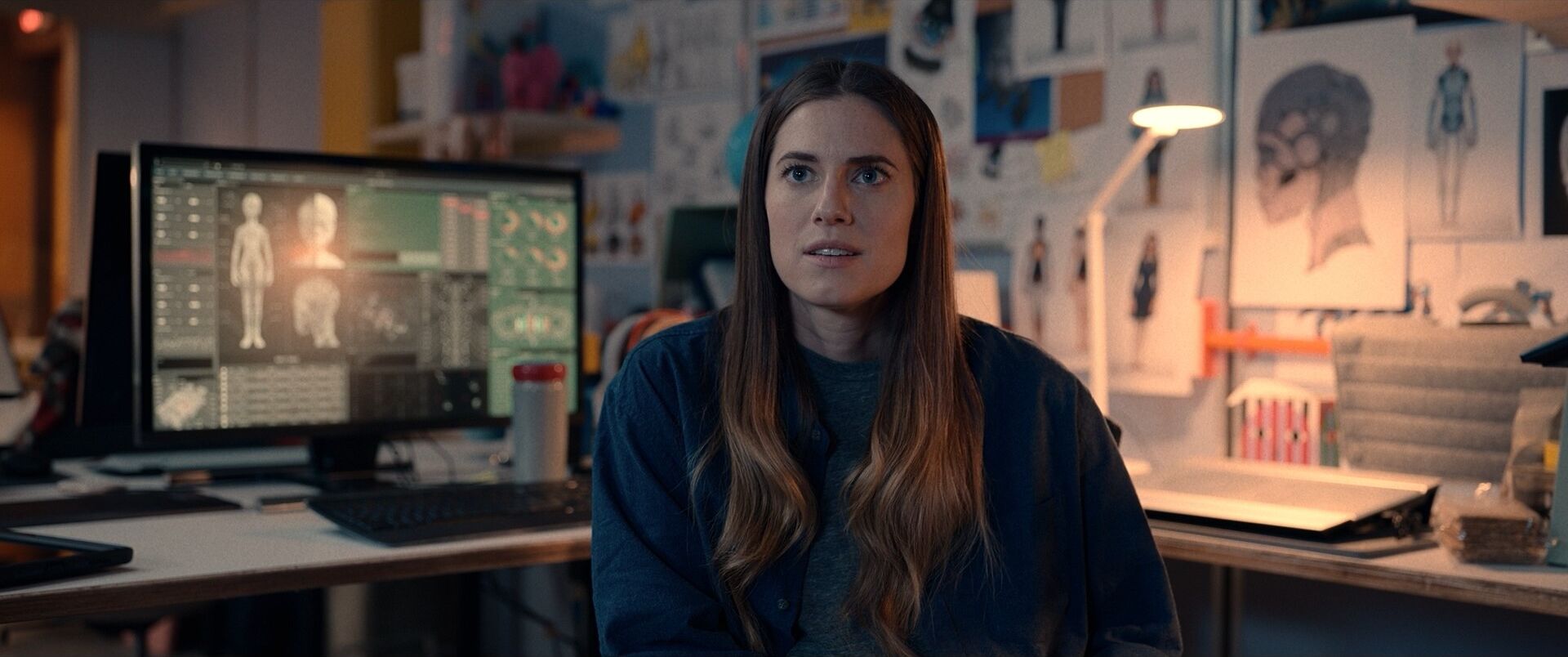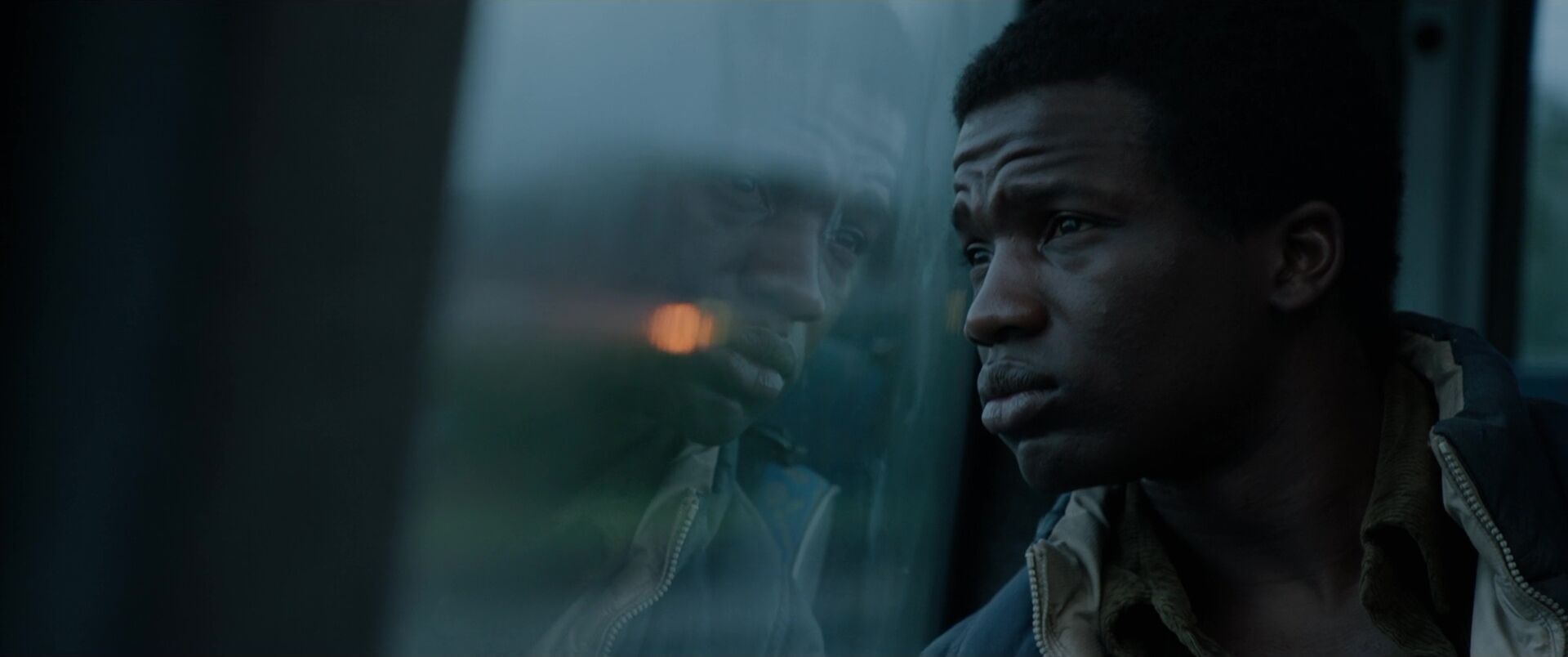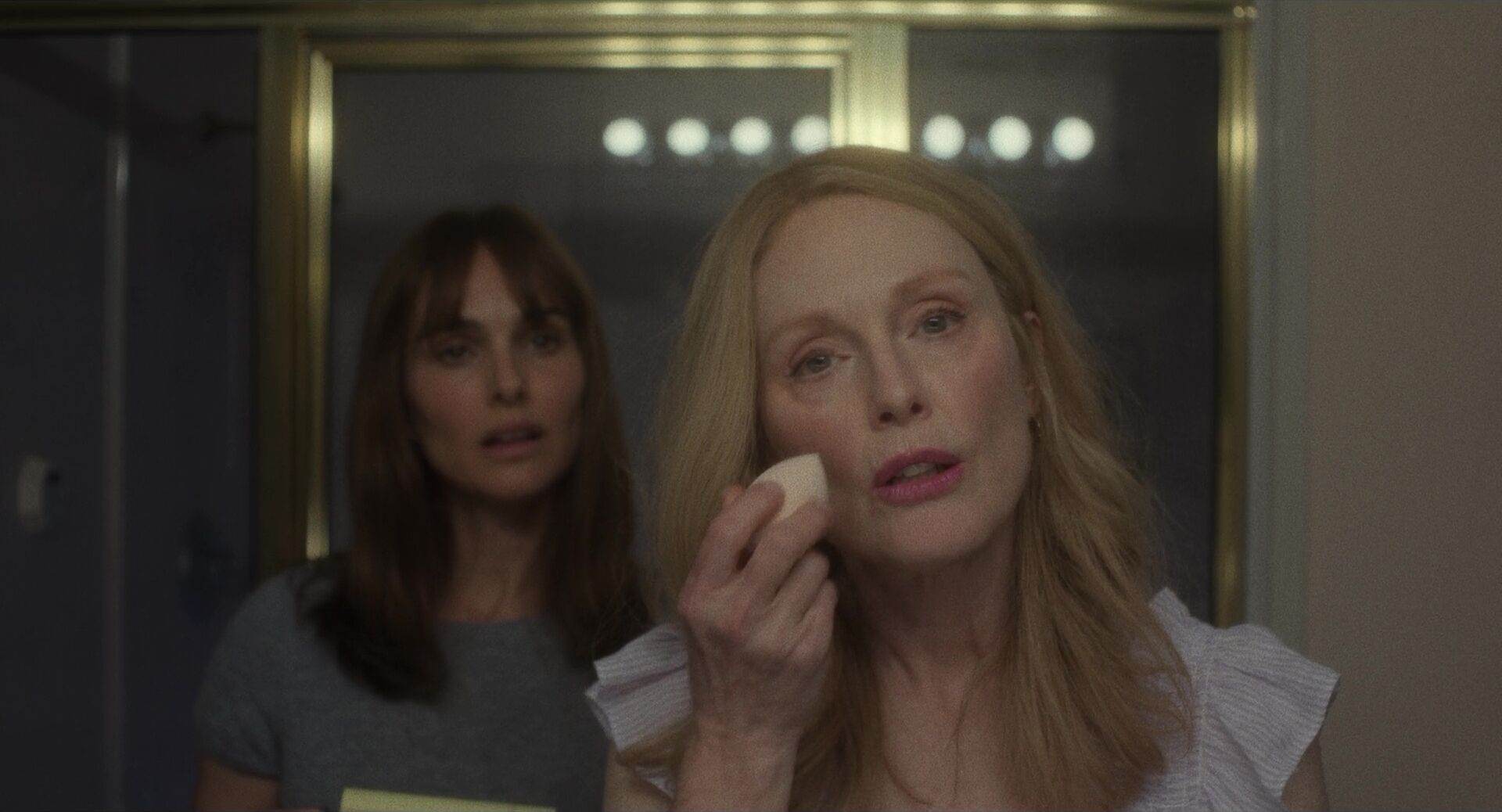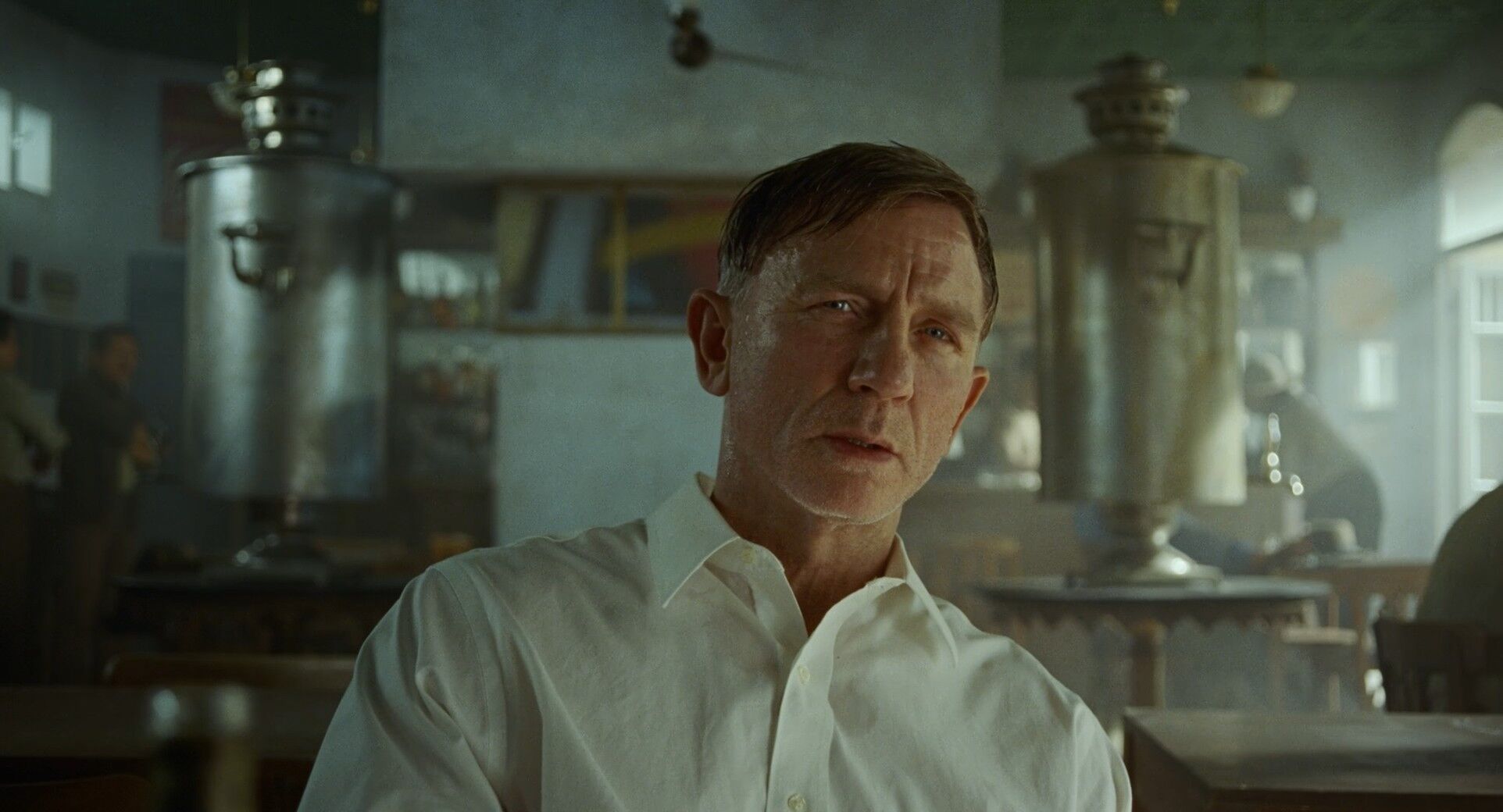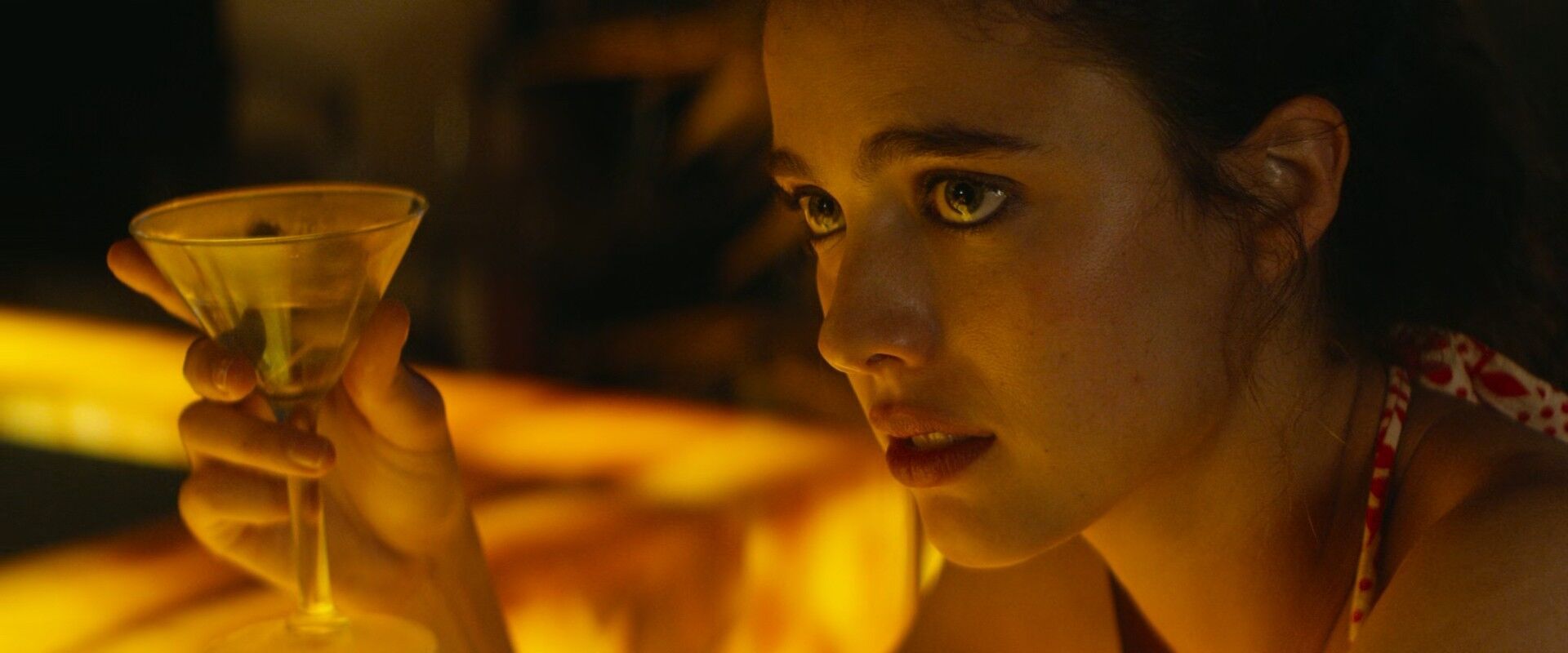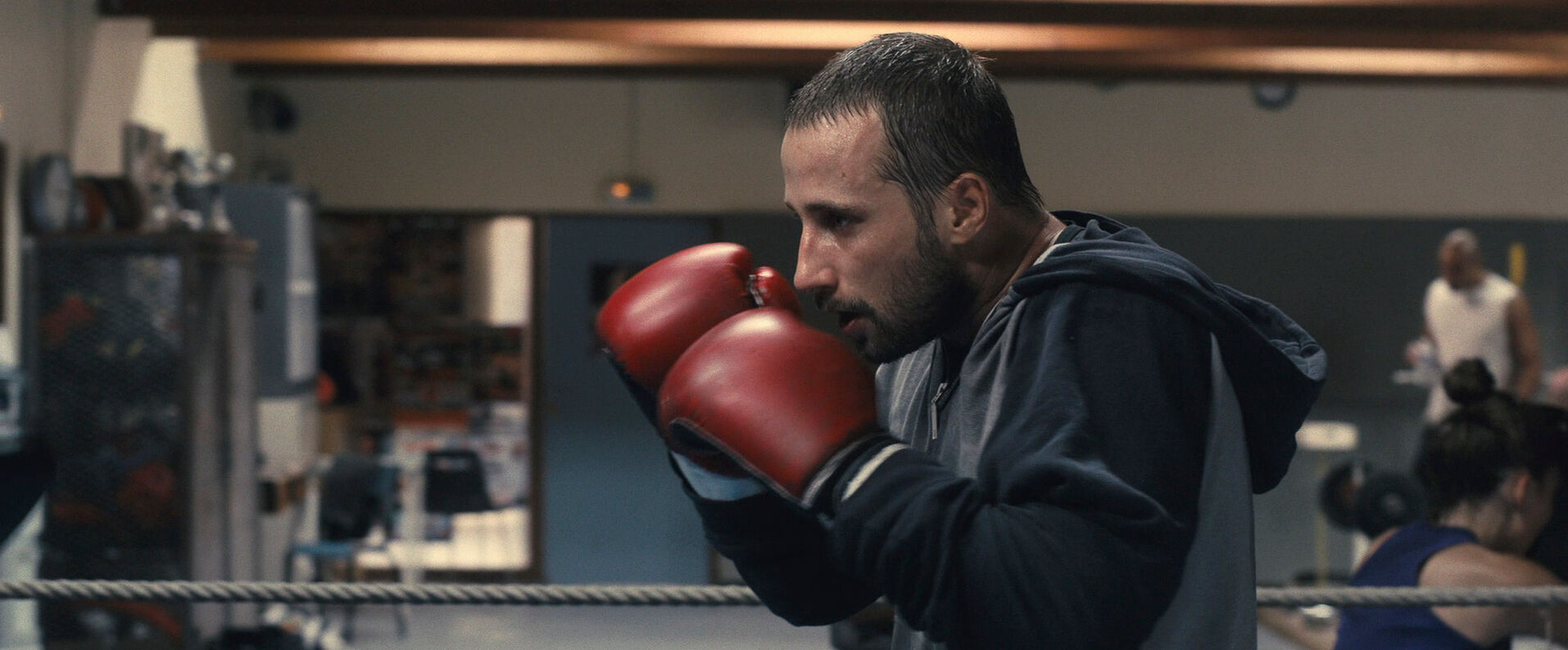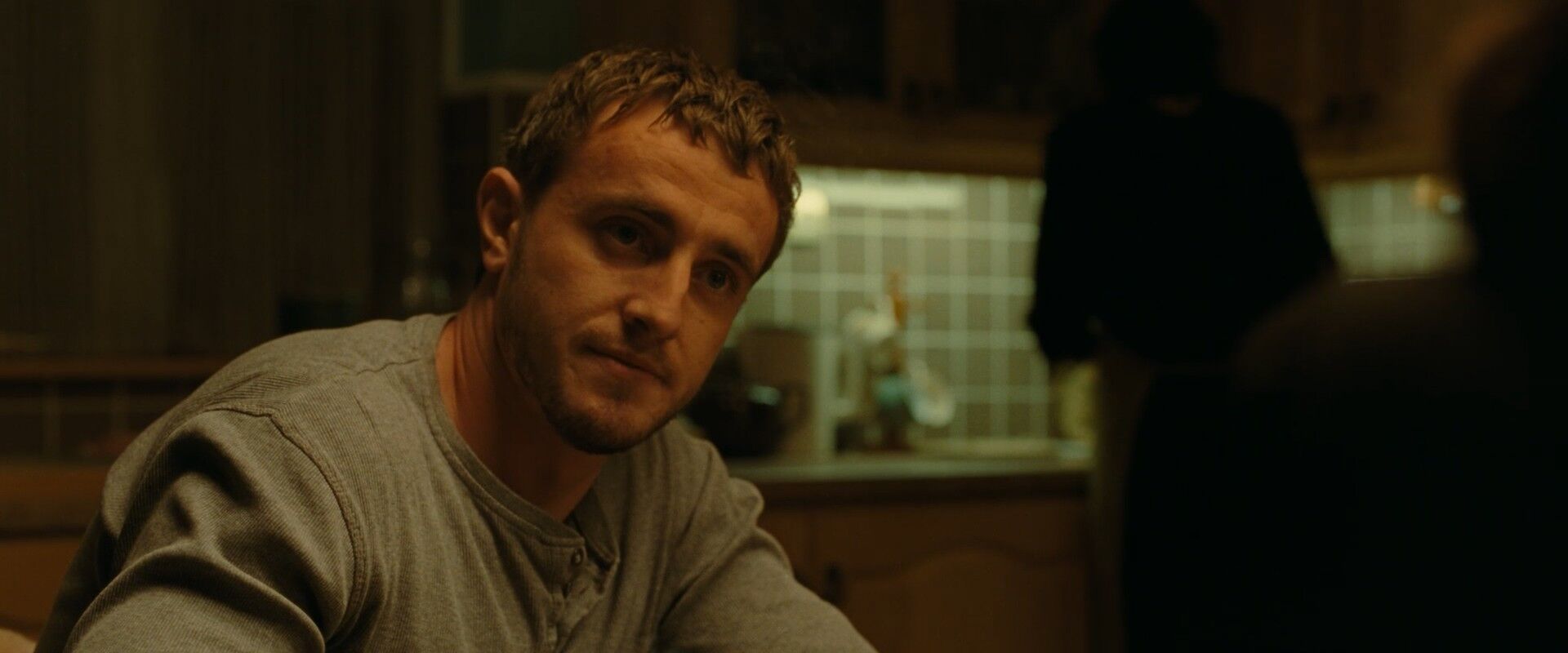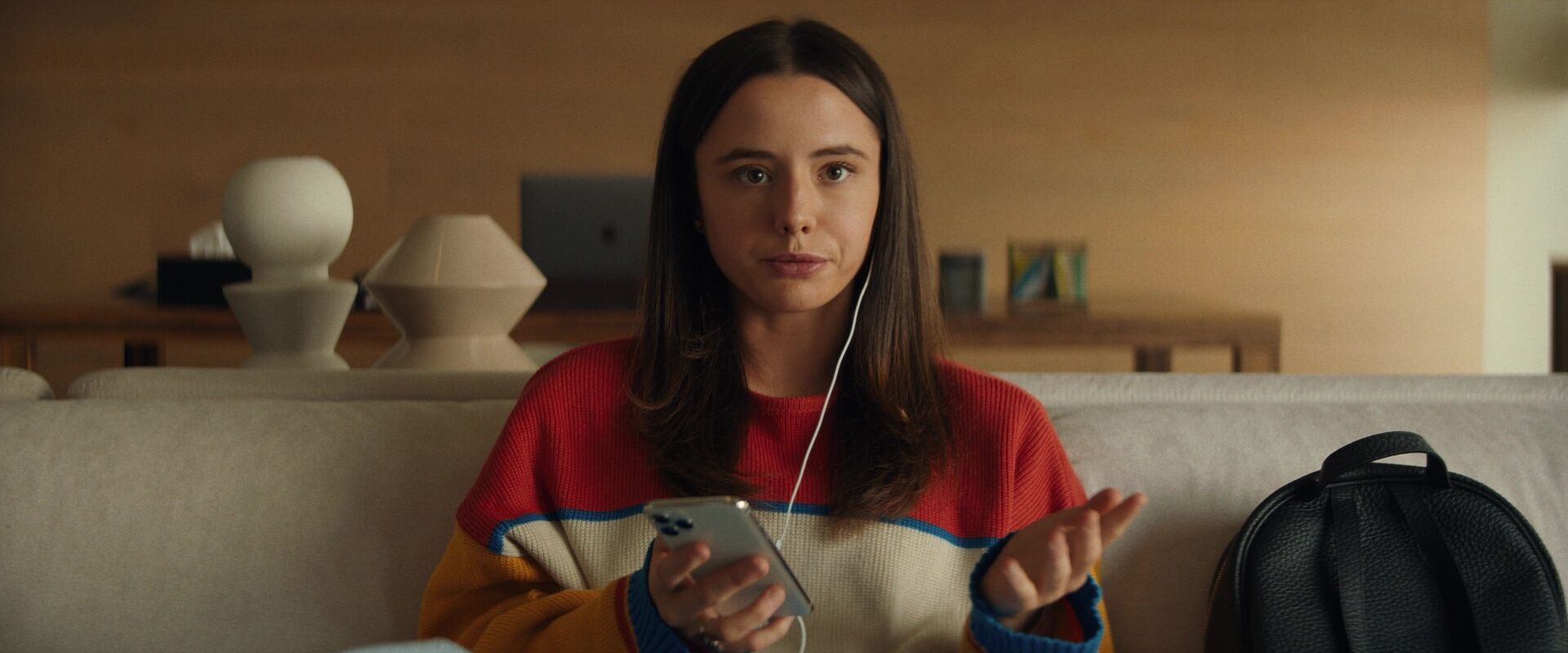home → Camera Lenses → Normal Lens Shot
NORMAL LENS DEFINITION
What is a Normal Lens Shot?
A normal lens shot (also referred to as a standard lens shot) takes a lens with a focal length of about 35mm to 50mm and applies it to the camera’s shot. A basic 35mm camera requires a focal length that is significantly higher, usually around the 50mm range. This shot is often best used to capture a more in-the-moment, present, and overall naturalistic tone within a scene.
For an even more detailed exploration of this technique, take some time to browse our full guide to the normal lens, full of examples and breakdowns.
MEANINGS & PURPOSE
Normal Lens Shot Examples
A normal lens shot may sound as simple as pie on paper, but there’s a lot of thought that goes into the why behind its most memorable uses. Apply it without any real artful intent and it can easily come off as a dry and creatively uninspired choice. But before we dive deeper, let’s first browse some curated samples of normal lens shots to get a general sense of their use in film.
Natural field of view
Assists with character relatability
Avoids glamorization
Takes a minimalist approach
Usages
What does a normal lens shot do?
While most camera lenses are applied to stylize and polish a shot, the normal lens aims to eliminate any and all added cinematic flair from a moment, as a way of just letting the shot be as true to the reality it’s capturing as possible. Of course, by taking this perspective, the normal lens shot inadvertently becomes an artistic shot style unto its own. Here are just a handful of examples of the thoughts and ideas this shot can impart onto an audience.
Naturalistic
Without the added distortion of increased or decreased focal length lenses, the normal length lens processes a scene as the naked eye would.
Eliminates Glamour
To ground a subject in a more realistic context, the normal length lens shot actively avoids any bending of raw reality and gives us familiar perspectives.
Dialogue
For a scene with dialogue that feels grounded and true to life, a normal length lens can help immerse the moment in a sense of realism.
Presence
A standard length lens imparts presence and an understanding of scene and character that a more specialty lens might not.
Qualities
Wide Angle Lens vs Normal Lens
Next, we’ll work to home in our understanding of the standard lens in filmmaking by comparing wide angle lens shots and normal lens shots. A wide angle lens shot sports a focal length of roughly 24mm to 35mm. This means the field of view of a shot is expanded well beyond the normal 35mm to 50mm standard.
The wide angle lens shot works to capture a much broader view of an image without physically moving the camera anywhere, while the normal lens shot aims only to provide a basic, natural and proportional look at the reality it's capturing.
Fisheye Lens vs Normal Lens
A fisheye lens shot couldn’t be any more different from a normal lens shot. To achieve a curvature of around 180 degrees, the fisheye lens stretches its focal length anywhere between 8mm and 16mm, resulting in a shot with a distinctly abstract and stylized look.
It goes without saying that the fisheye lens’ antirealistic intent is something of an antithesis to the normal lens’ hyper-realistic approach.
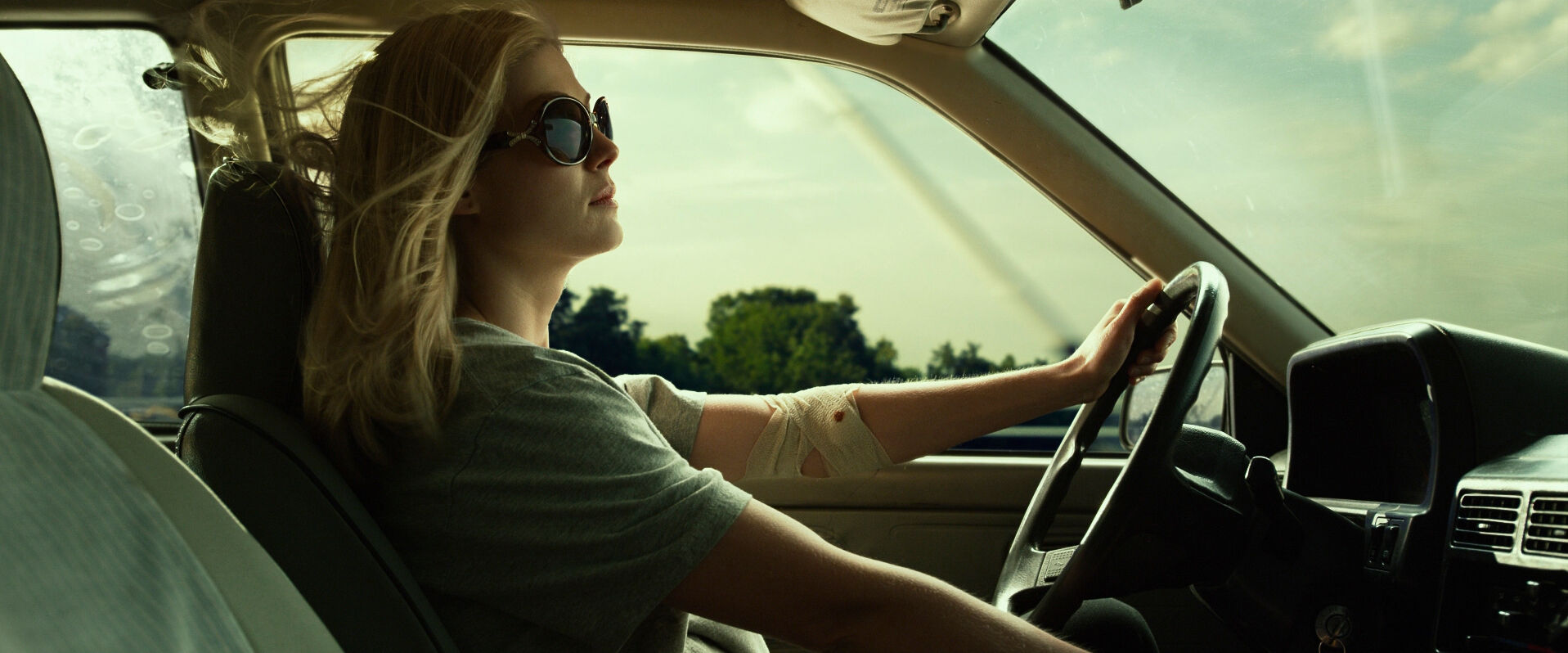
Case Study
Shot listing a normal lens shot
To get into the head of how a professional filmmaker approaches the use of the normal lens shot in a scene, let’s examine a specific example. Director Luca Guadagnino’s film, Call Me By Your Name, is filled to the brim with normal lens shots, including this scene.
Take some time to study the provided shot list, and consider how the use of a more stylized lens would only disrupt such a grounded and authentic moment.
There’s clearly no shortage of artistic merit when it comes to the normal lens shot. In fact, we’ve barely touched the surface.
Now that we know the effects of this shot on its own, let’s next examine its effect when combined with other filmmaking techniques.
Unexpected combos
How can you use a normal lens shot with other camera techniques?
How to combine a normal lens shot
The normal lens shot imparts a raw simplicity, creating a unique sense of style in its very avoidance of implementing style. But while impactful enough on its own, its combination with other filmmaking techniques allows for a clean and clear expression of those techniques. Rather than just setting out to use the basic normal lens all by itself, try and think about the results that can arise when pairing it together with these fun, creative cinematic approaches:
- Low Angle: A low angle shot can emphasize a character’s authority, making them seem even more daunting to the viewer.
- Dutch Angle: The Dutch angle can give viewers a sense of intense unease, instability, or even internalized conflict and turmoil within a character.
- Tilt: A tilt is used to introduce new visual information by slightly shifting the camera, which is grounded in one position, only vertically, up or down.
- Whip Pan: A whip pan will pan the camera at rapid speed, creating a blur effect with its movement.
- Arc: The arc shot can be utilized for the most epic of cinematic moments as it orbits around a subject or subjects, yet still focusing the moment on those subjects.
- Crane: A crane shot is typically used to shoot a scene from significantly high above, with the striking ability to ascend and descend as the action carries on.
Frequently asked questions about the normal lens shot
A normal lens shot in film refers to the type of lens used in a shot for a scene. Typically, this shot will have a focal length that sits at around 35mm to 50mm.
This shot is used to impart a seamless, realistic, eye-level feeling of ‘being in the story’ for an audience.
A normal lens shot has a very neutral look to it, much like the shots it captures. The camera can be on a tripod, handheld, or on any other platform. As long as the focal length of the lens is around 35mm to 50mm, and the shot aims to emulate how the human eye perceives the world, then it can be considered a normal lens shot.

